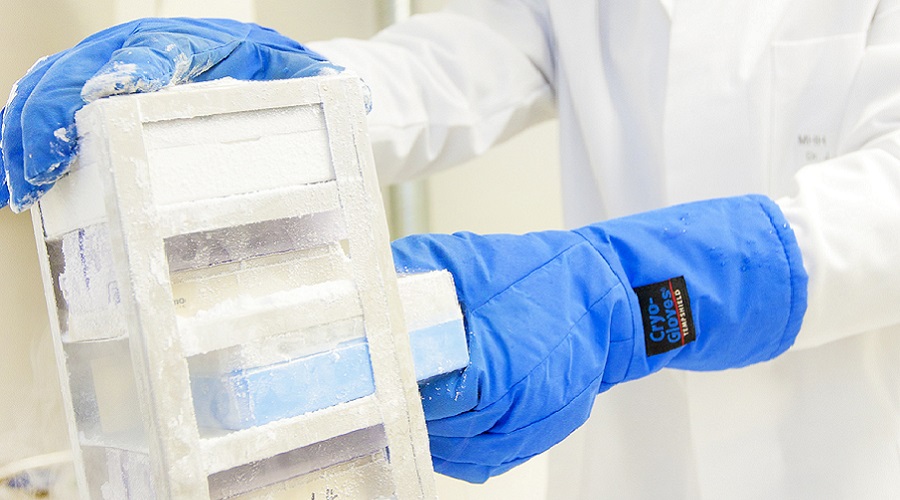
CRISPR-Cas9 gene correction in Kostmann disease
We are happy to share that in a single day, two manuscripts have been published from the Research Group Pediatric Hematology and Oncology. Both have relied on leveraging the CRISPR-Cas9 system to address important biological questions in hematopoietic disease models, once again placing a spotlight on this versatile and highly effective genome editing technology. Congratulations to everyone involved in the discovery and communication of these findings.
The second manuscript was published from recent graduate Dr. rer. nat. Erik Pittermann’s PhD work, and is titled “Gene correction of HAX1 reversed Kostmann disease phenotype in patient-specific induced pluripotent stem cells“. Biallelic mutations in HAX1 are frequently detected in patients of Kostmann disease – a rare heritable childhood disorder of white blood cell formation. The authors showed that patient-derived induced pluripotent stem cells carrying a homozygous HAX1 mutation faithfully recapitulated the characteristic granulocytic maturation arrest phenotype observed in patients. Further, CRISPR-Cas9-mediated correction of the HAX1 mutation rescued neutrophilic differentiation, and re-established a HAX1 and HCLS-1 centered network involved in regulating mitochondrial changes, apoptosis, and myeloid differentiation. This study demonstrates the significance of iPSC models for rare diseases, and paves the way for gene therapy approaches in Kostmann disease patients.